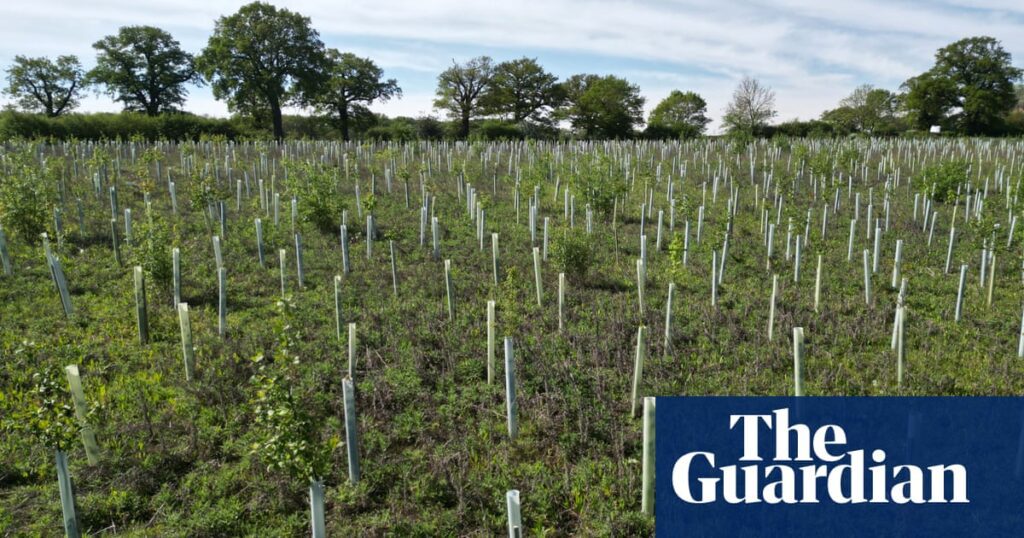The “investment portfolio approach” to large-scale tree planting aims to mitigate the risk of planting inappropriate tree species in unsuitable locations, as highlighted by environmental economists from the University of Exeter. With countries like the UK committing to plant vast areas of trees—30,000 hectares annually by 2025—and the European Commission targeting 300 million trees by 2030, the pressing need for informed species selection and planting locations is critical.
The study indicates that both climate change and economic uncertainties pose significant risks to future tree planting, particularly the conversion of farmland into forests, which may impact food security. By applying an investment portfolio strategy, which balances climate and economic risks, the researchers suggest that strategic choices about the types of trees and where to plant them can enhance carbon removal effectiveness and minimize failure risks.
Frankie Cho, the study’s lead author, explains that different tree species may be optimal under varying climatic scenarios, highlighting the need for diversification in planting strategies to adapt to uncertain future conditions. This new approach considers the interdependent nature of climate and economic risks, proposing that a mixed planting strategy can reduce vulnerabilities and ensure better outcomes. Professor Brett Day emphasizes that, despite inherent risks, well-planned tree planting remains a viable solution for carbon reduction amidst changing conditions.
Source link


